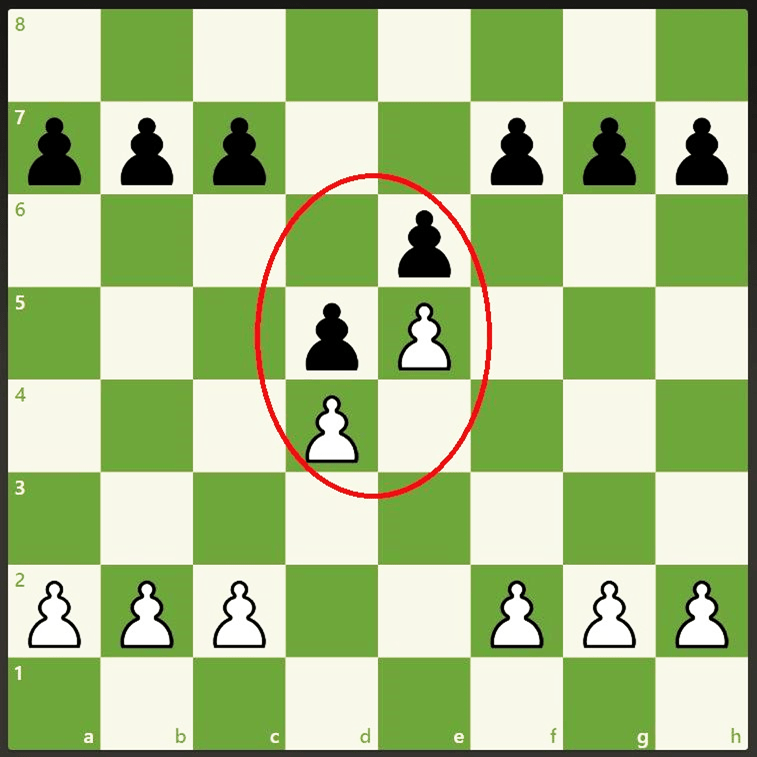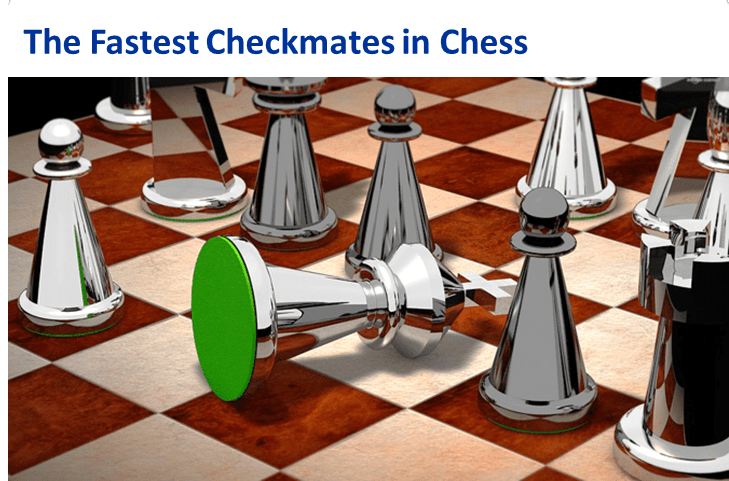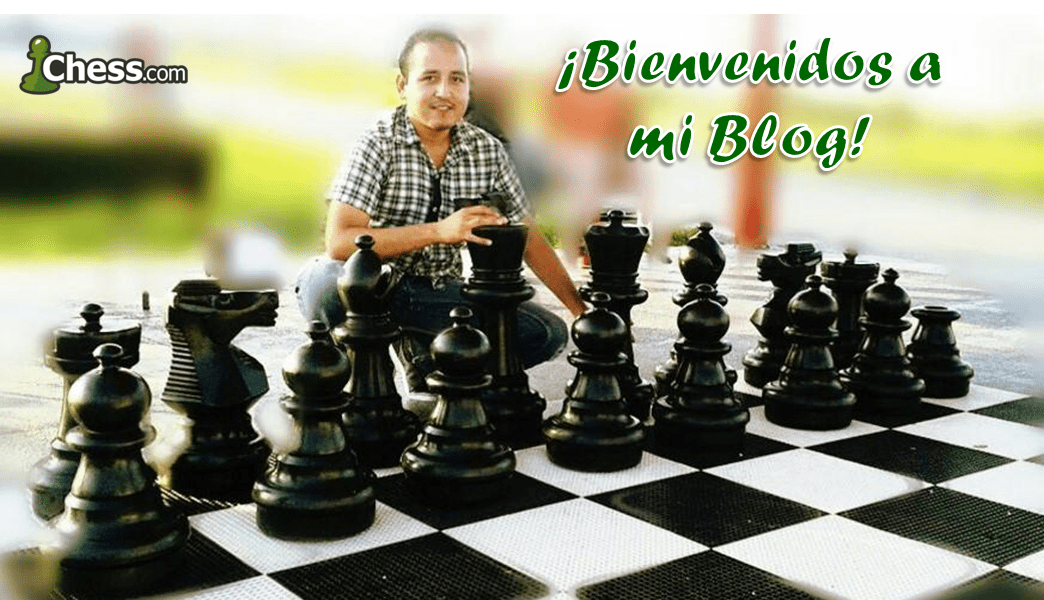
Book Review ǀ “Chess Fundamentals” by Jose Raul Capablanca
With this article I will begin my series in English of chess book recommendations, in each issue I will describe a book that in my opinion will be useful for chess progress or for the recreation of those who like these subjects.
I will start with "Chess Fundamentals" by José Raúl Capablanca (Havana, November 19, 1888 - New York, March 8, 1942), this book it cannot be used to learn chess from scratch, but if it can be of great benefit from beginner level, if the basic rules of the game and Algebraic Notation are already known, even more advanced players will be able to tune their game with the multiple resources and games that are explained in it.
 The author was a recognized case of a chess prodigy, remained undefeated from 10 February 1916 to 21 March 1924, period in which he included the match where he won the world chess champion title in 1921, later lost the title in 1927 to Alekhine, who had never defeated Capablanca before the match.
The author was a recognized case of a chess prodigy, remained undefeated from 10 February 1916 to 21 March 1924, period in which he included the match where he won the world chess champion title in 1921, later lost the title in 1927 to Alekhine, who had never defeated Capablanca before the match.
The book.
It is composed of 6 chapters through which we will come across 67 examples of the different topics that are explained throughout the book. He then finishes with a selection of games that includes 14 games of the champion analyzed and commented by himself.
- CHAPTER I: First Principles: Endings, Middle-game and Openings.
- CHAPTER II: Further Principles in End-game Play.
- CHAPTER III: Planning a Win in Middle-game Play.
- CHAPTER IV: General Theory.
- CHAPTER V: End-game Strategy.
- CHAPTER VI: Further Openings and Middle-games.
- GAMES: Games included in the book.
PART I - Let's start with the chapters:
CHAPTER I: First Principles: Endings, Middle-game and Openings.
This chapter is especially instructive for the beginning player if he takes the time to study it whit the board, I recommend at the end of this, give yourself some time practicing the concepts included in it before continuing to the next or even reviewing it completely and then moving on to number two.
Content:
- Some Simple Mates.
- Pawn Promotion.
- Pawn Endings.
- Some Winning Positions in the Middle-game.
- Relative Value of the Pieces.
- General Strategy of the Opening.
- Control of the Centre.
- Traps.
Example 7. The crowning of the pawn.
CHAPTER II: Further Principles in End-game Play.
In which we will find some fundamental principles in pawn endgames, the relative value of knight and bishop and a pair of basic mates.
Content:
- A Cardinal Principle
- A Classical Ending
- Obtaining a Passed Pawn
- How to find out which Pawn will be the first to Queen
- The Opposition
- The Relative Value of Knight and Bishop
- How to Mate with Knight and Bishop
- Queen against Rook
Example 25. How to discern which of the pawns should be crowned first.
In this position whoever moves first wins.
CHAPTER III: Planning a Win in Middle-game Play.
In this part we will learn positions to win that may easily occur again in a somewhat similar form, these positions were taken by the champion from his own games.
Content:
- Attacking without the aid of Knights
- Attacking with Knights as a Prominent Force
- Winning by Indirect Attack
Example 43. Attacking without the aid of knights.
CHAPTER IV: General Theory.
From here, the intermediate player will surely find tools that he does not yet use or that he can polish with the comments of the champion. On the other hand, for the less advanced player it would be advisable to take a new pause here and dedicate it to practicing on the board the concepts so far studied.
Content:
- The Initiative
- Direct Attacks en masse
- The Force of the Threatened Attack
- Relinquishing the Initiative
- Cutting off Pieces from the Scene of Action
- A Player's Motives Criticised in a Specimen Game
Example 52. Game "Capablanca José Raúl vs Blanco Estera Rafael".
Played at the International Masters Tournament in Havana in 1913. A seemingly simple game but loaded with great strategic content, it is really worth studying with the comments that the champion adds in his book.
CHAPTER V: End-game Strategy.
We had already seen this topic, but we will find here a series of more incisive topics to apply in endgames, although to advance in these topics the reader will have to look on his own for more examples that lead him to dominate them, you will find help from Capablanca enough material to improve your understanding of them.
Content:
- The Sudden Attack from a Different Side
- The Danger of a Safe Position
- Endings with one Rook and Pawns
- A Difficult Ending: Two Rooks and Pawns
- Rook, Bishop and Pawns v. Rook, Knight and Pawns
Example 59. Endings with one Rook and pawns.
As you can see, we arrive at a very common endgame nowadays, but in the book, we can see different plans and subtleties explained by the champion which leads us to the understanding of this type of endgame, in which if one of the sides is not accurate it can cost the game.
CHAPTER VI: Further Openings and Middle-games.
In this last chapter we return to the study of pawns and possible developments using the Ruy Lopez opening. Besides seeing the influence of weak squares.
Content:
- Some Salient Points about Pawns
- Some Possible Developments from a Ruy Lopez
- The Influence of a "Hole"
The pawn structures as observed in this chapter help us to understand the importance of them in the game plans at the time of opening.

PART II - Now let's go to the games:
Marshall Frank J (USA) (0) - Capablanca Jose Raul (CUB) (0) 1-0
This is the first game presented by Capablanca, which great example of the GM starting this section with a game in which he was defeated. As the champion himself mentions in his book, he continued to use this opening for the rest of the tournament, an example of learning from mistakes.
Games included in the book:
- Queen's Gambit Declined (Match, 1909) White: F. J. Marshall. Black: J. R. Capablanca.
- Queen's Gambit Declined (San Sebastian, 1911) White: A. K. Rubinstein. Black: J. R. Capablanca.
- Irregular Defence (Havana, 1913) White: D. Janowski. Black: J. R. Capablanca.
- French Defence (St. Petersburg, 1913) White: J. R. Capablanca. Black: E. A. Snosko-Borovski.
- Ruy Lopez (St. Petersburg, 1914) White: Dr. E. Lasker. Black: J. R. Capablanca.
- French Defence (Rice Memorial Tournament, 1916) White: O. Chajes. Black: J. R. Capablanca.
- Ruy Lopez (San Sebastian, 1911) White: J. R. Capablanca. Black: A. Burn.
- Centre Game (Berlin, 1913) White: J. Mieses. Black: J. R. Capablanca.
- Queen's Gambit Declined (Berlin, 1913) White: J. R. Capablanca. Black: R. Teichmann.
- Petroff Defence (St. Petersburg, 1914) White: J. R. Capablanca. Black: F. J. Marshall.
- Ruy Lopez (St. Petersburg, 1914) White: J. R. Capablanca. Black: D. Janowski.
- French Defence (New York, 1918) White: J. R. Capablanca. Black: O. Chajes.
- Ruy Lopez (New York, 1918) White: J. S. Morrison. Black: J.R. Capablanca.
- Queen's Gambit Declined (New York, 1918) White: F. J. Marshall. Black: J.R. Capablanca.
Finally, I leave game 9 of this list, the analysis and comments that accompany the board is completely taken from the book "Chess Fundamentals" by José Raúl Capablanca and transcribed textually to the game, comments of this kind can be found throughout this fantastic work.
In the next button you can download the 14 games so that you can enjoy them in the Analysis Board.
More of my blog:
.










